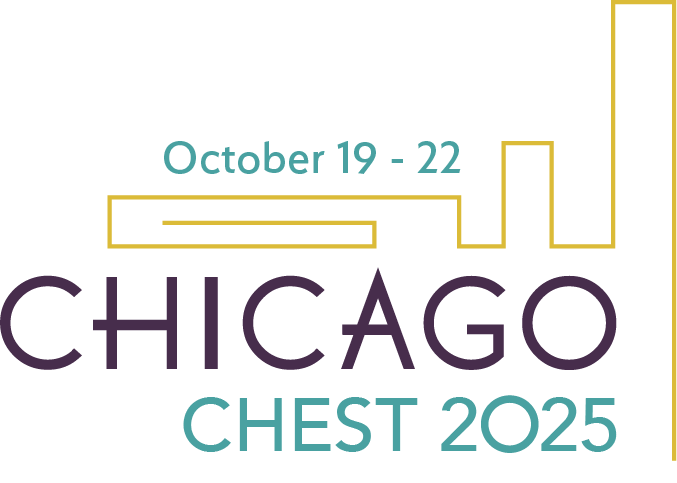
A first-ever assessment of a reinforcement learning model of vasopressin in septic shock suggests that clinicians could improve outcomes and in-hospital mortality by initiating vasopressin earlier and more often. The Optimal Vasopressin Initiation in Septic Shock (OVISS ) study found that initiating vasopressin earlier—at a lower norepinephrine dose and a lower organ failure score— decreased odds of in-hospital mortality by 19% compared with usual care.
“OVISS does not tell us that reinforcement learning is better at making these decisions than clinicians,” said Natalie Achamallah, MD, FCCP, Director of Critical Care Education at Cottage Health. “It does tell us that outcomes are better when vasopressin is started earlier, at much lower norepinephrine doses, which is what the Surviving Sepsis [Campaign] guidelines want us to do and what is recommended in clinical practice.”
International guidelines recommend norepinephrine and crystalloid fluid as first-line treatment for septic shock. Vasopressin is recommended if mean arterial pressure remains inadequate despite low to moderate norepinephrine doses.
Observational data show that vasopressin use is increasing, but clinical practice varies widely based on historical practice patterns, resources, and other local variables, as well as imprecise guideline language.
Guidelines remain vague because there are no randomized controlled trials identifying an ideal vasopressin initiation strategy, specific norepinephrine doses at which vasopressin should be initiated, and an organ failure score cut point that could trigger vasopressin initiation.
Reinforcement learning creates a virtual agent that uses trial and error to develop and optimize treatment rules to maximize the likelihood of a positive outcome based on specific clinical data inputs. OVISS used a reinforcement learning model across datasets from the University of California San Francisco, the Medical Information Mart for Intensive Care, the eICU Collaborative Research Database, and the University of Pittsburgh Medical Center. In all, the datasets included 14,453 critically ill patients with septic shock from 232 US hospitals.
Each hospital stay was divided into one-hour epochs starting one hour after shock onset and ending at the earliest time of recovery from shock, ICU discharge, or after 120 hours. Baseline characteristics included age, sex, height, weight, race/ethnicity, Sequential Organ Failure Assessment (SOFA) score, mean arterial pressure, serum lactate levels, norepinephrine dose, fluid before inclusion, mechanical ventilation, continuous kidney replacement therapy, and Charlson Comorbidity Index.
Each epoch was defined by 14 variables, including vital signs, lab measurements, organ support, IV fluid volume, norepinephrine doses, and vasopressin doses.
The primary outcome was in-hospital mortality for patients treated in accordance with the reinforcement learning rule compared with observed treatment by clinicians.
Clinicians initiated vasopressin in 31% of patients at a median SOFA score of 9 a median of five hours after shock onset with a norepinephrine dose of 0.37 μg/kg/min and serum lactate level of 3.6. The reinforcement learning model recommended vasopressin initiation in more patients (87%) at a lower median SOFA score (7) sooner after shock onset (four hours) and at lower norepinephrine doses (0.20 μg/kg/min) and lower serum lactate (2.5).
Treating patients in accordance with the model recommendations resulted in an adjusted odds ratio for in-hospital mortality of 0.81 (95% CI, 0.73-0.91), reduced odds of kidney replacement therapy (aOR, 0.47 [95% CI, 0.46-0.49]), and no difference in requiring mechanical ventilation.
Local culture surrounding vasopressin initiation and fluid resuscitation practices likely contributes to variation in practice, Dr. Achamallah said. Some hospitals mandate central access, which can delay initiation.
“There are so many variables that could account for differences in outcomes,” she said. “But OVISS gives me reassurance that the data that [have] been driving my clinical practice [are] trustworthy and that I should continue to use current guidelines.”
